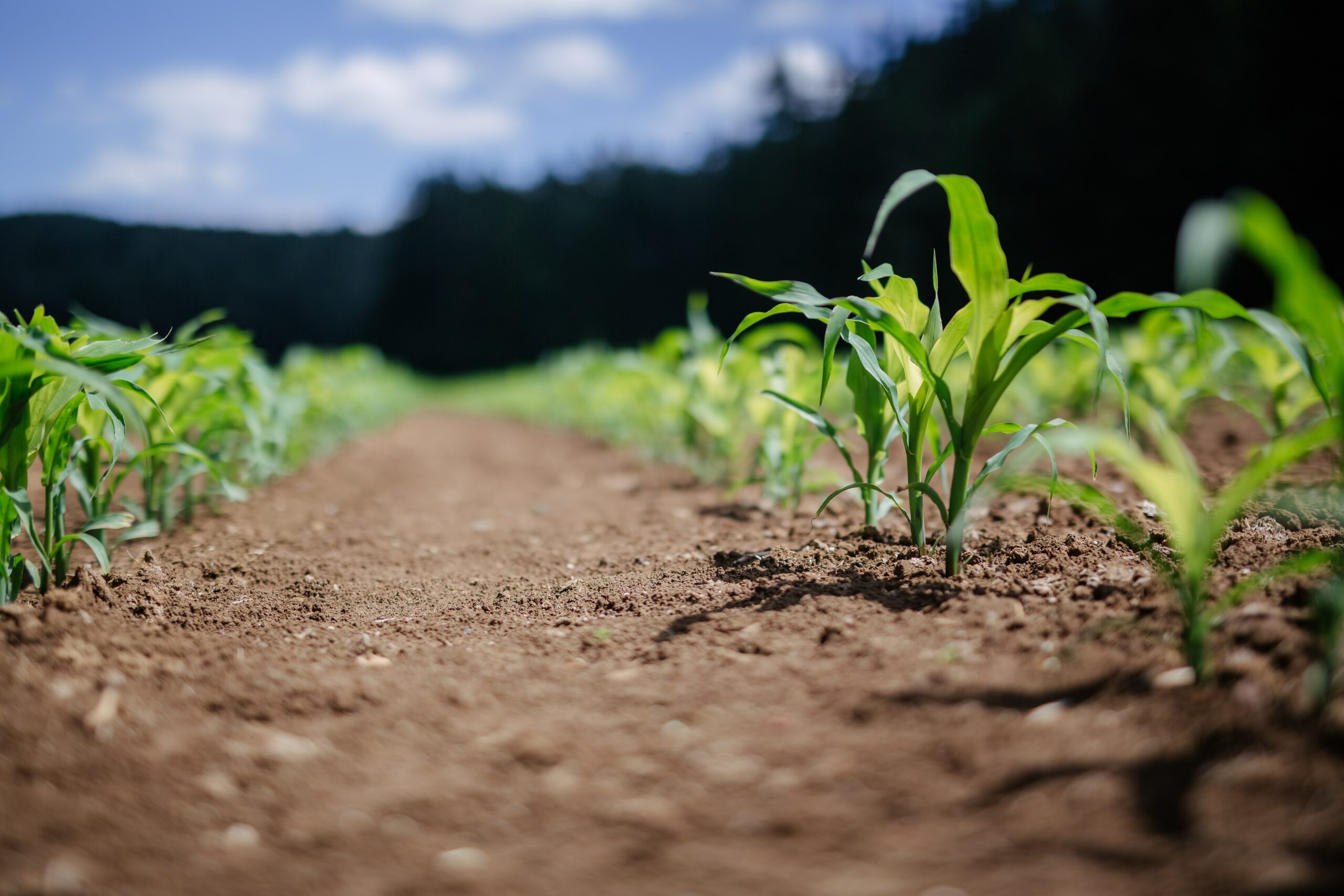Partnerships for Nature: insights from Indigenous-led models in Canada
15 April 2025 / WORDS BY Pollination Foundation
read article
London+44 203 355 1556
Sydney+61 2 8313 7109
Melbourne +61 2 8313 7109
Washington +1 872 201 1168
In this second edition of Nature Finance Focus, we highlight a number of models that are helping to unlock and scale nature investment. Some models are well established, alongside others in which we see significant promise and growth. By showcasing these tangible case studies, we aim to provide ideas and options which can be taken up by the global bank or investor, or by the major corporate.
The report also details the findings of our biennial survey of 500 institutional investors across the UK, USA, Australia, Singapore and Japan.
View reportFour years ago, when Climate Asset Management launched as a joint venture between HSBC and recently formed consultancy Pollination, it laid out ambitious plans to become the biggest investor dedicated to natural capital.
20 August 2022 / WORDS BY Laura Waterford, Director at Pollination
MAKING THE HEADLINES THIS MONTH
NATURE ON AMERICA’S BALANCE SHEET
The U.S. Government has released a draft strategy to develop natural capital accounts and environmental-economic statistics. It recommends that a new, ongoing set of statistics is collected that takes stock of the United States’ wealth of natural assets, how those assets are being depleted, and the impact that has on its economic strength. It will help bridge the gap between economic statistics and the environment, putting natural assets on the national balance sheet, complementing traditional economic measures like GDP.
STATE OF THE ENVIRONMENT
Australia recently released its State of the Environment report – a scorecard on the health and management of Australia’s natural environment that is released every 5 years. Some of the shocking findings are detailed below. Setting a new precedent, for the first time the report combines scientific and local knowledge, with traditional knowledge from first nations people.
BIODIVERSITY TARGETS FOR FINANCE
UNEP has launched a report Beyond ‘Business as Usual’: Biodiversity Targets & Finance,highlighting the urgent need for the financial sector to act on biodiversity. It sets out the nine priority sectors with large financial flows and major potential dependencies or impacts on biodiversity, and includes a helpful step-by-step guide for target setting specific to the financial sector.

POLLINATION PERSPECTIVES
By Laura Waterford, Director
The varroa mite is just over a millimetre long, but its size is no obstacle to it causing extensive and lasting damage to Australia’s agriculture sector. That’s because varroa mites feed on and kill honeybees, and a drop in Australia’s wild bee population poses financial risks to farmers who rely on them to pollinate their crops, as well as downstream businesses in agricultural supply chains. The billion-dollar almond industry has already said the arrival of the invasive species in Australia will cost it “tens of millions of dollars” in the first 100 days of the response to contain it.
In the case of varroa, the link between the value provided to us by nature in the form of pollinators and the cost of the damage to the ecosystem is crystal clear. The value of natural assets is not always so straightforward to quantify, but the findings of the latest Australian State of the Environment Report will make alarming reading for companies and investors waking up to the risks that nature loss poses to their business models and asset values.
The state of the environment in Australia is poor and has deteriorated over the past five years, the report finds. An additional 200-plus plant and animal species have been listed as threatened, or in a higher category of threat, since the 2016 report was published. Australia already has the worst rate of mammalian extinction of any continent, and the number of threatened species is expected to increase further as a result of the devastating bushfires of 2019 and 2020.
Without a doubt these findings paint a bleak picture, but the report also points to where the opportunities for change lie: habitat loss and degradation, invasive species, and climate change have been the key drivers of biodiversity loss. By addressing these we can start to sustain the value of the natural capital our economy relies on, and stop “degrading our most precious asset,” as the 2021 Dasgupta Review describes it.
A global opportunity for regeneration
International organisations and policy setters – including the G7 – have stated the need for economies to become “nature positive” as well as net zero, as we become increasingly aware of how reliant our economy is on the services nature provides. The World Economic Forum (WEF) estimates that over half of the world’s GDP, equivalent to US$44 trillion, is moderately or highly dependent on nature and its ecosystem services, for example.
However, the WEF also estimates that the shift to a nature positive economy could unlock US$10.1 trillion of business opportunities by 2030. We see the move away from activities that degrade our natural capital and a corresponding shift towards those that enhance natural capital is a positive disruptive opportunity for corporates and investors, and deserves just as much focus as climate change.
To achieve a goal of becoming nature positive by 2030 (against a 2020 baseline), and a full recovery by 2050, would require an extraordinary global shift in allocation of capital – around USD700bn a year by the end of the decade. But as reports including the Australian State of the Environment show, continuing with today’s unsustainable economic model is the greater risk.
15 April 2025 / WORDS BY Pollination Foundation
read article
Receive latest news and global perspectives from Pollination.
By clicking submit, you agree to our Terms & Conditions.